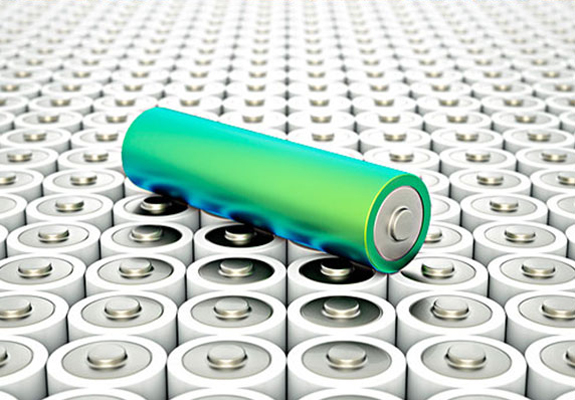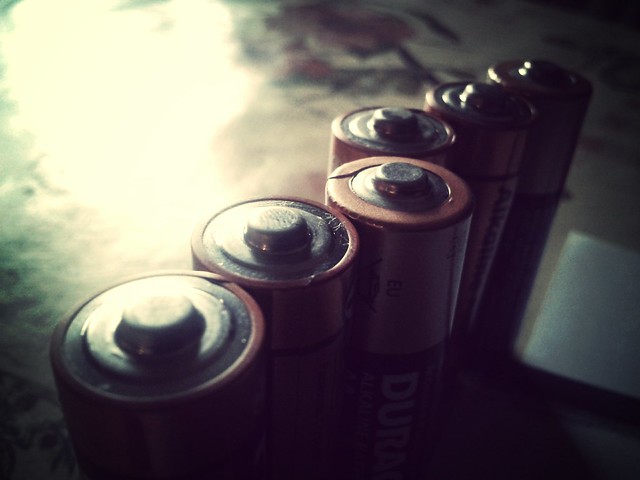Lithium Ion Battery Won’t Hold Charge-Fixing And Judgement
Jan 02, 2020 Pageview:7047
Lithium ion batteries are expensive pieces of equipment, so if you've got a battery that doesn’t hold charge can be fixed and recovered. Thankfully, there are many ways that people have come up with to restore dying batteries on different electronic gadgets, some scientific, some fascinating and some odd ones.
I'm going to try to mention all the different ones I've heard about in this article.
How Do You Fix A Lithium Ion Battery That Won’t Hold A Charge?
Method 1: Recalibrate your battery
This is no longer necessary with most new batteries, but if your battery is dying, it is probably a pretty old battery. You will benefit from a recalibration in that situation. Recalibrating a battery is performed because the operating system is sometimes unable to decide how much power the battery has left. This can happen if you always plug in the device or if you never let the battery die all the way.
If your battery never charges to 100 percent (say just to 95 percent) or if the OS says you have 35 min of battery left, you can tell if your battery needs calibration, but the device dies much sooner or much later. Several manufacturers have provided testing tools for different models, so use your model + battery test but first conduct a Google search.
Step 1: Charge your battery for about 2 hours to cool down to 100 percent or whatever max percentage it can achieve.
Step 2: Switch off the power now and allow the battery to drain. There seems to be two opinions on how this can be achieved. You can either let the battery run down until the device dies or put it to sleep or hibernate about 3 to 5%. You want to make sure that the light remains on until it either dies or goes to sleep.
Step 3: Leave the device shut off for 3 to 5 hours everywhere.
Step 4: Turn it on and let it charge 100% the whole way.
That's a lot of it. The device should now send you a more detailed reading of the battery's actual capacity.
Method 2: Disable Battery
When Plugged In If you have a device with a removable battery, you can attempt to remove the battery when plugged into the wall. You may need to check this with the battery removed, some devices don't work properly. Nevertheless, if the gadget runs great and is connected to a power source all the time, simply removing the battery may be helpful.
The chemical reactions in the battery will continue to occur regardless of whether it is in the device or not, but it may improve the battery life.
Of course, you'll have to make sure you don't live in an area where power goes out because your device will die right away and you'll lose some data. However, this approach is time-consuming and tedious and most people are not going to do something. The last form can be the strongest one below.
Method 3: Full Battery unplug.
The last choice you can use is to let 100 percent battery charge and unplug the device. When it comes close to dying, that is to say less than 5%, go ahead and plug it in and let it charge up. This could decrease battery life on newer lithium ion batteries, however, so it is recommended that you only let the battery level drop to 35% to 45% and then charge it back up to 75% to 85% for those batteries. Sounds crazy, but obviously this will give you the best battery life as it will not use as many cycles of charging and recharging.
Now, this approach still needs some work, but if you really want to improve your battery life, it's worth a try.
Can You Recharge A Lithium Ion Battery That Won’t Hold A Charge?
Yes, it is possible to recharge a lithium ion battery that won’t hold a charge.
Step 1: Make the battery primed.
Place the safety glasses in order. Order a battery post cleaner on each battery post and rotate it back and forth until the posts are bright and clean.
Step 2: A load check is conducted.
Attach the load tester first to the positive end of the battery and then to the negative end. (The successful post will be the greater of both and labelled'+.') This will avoid sparking. Check to see that the load does not drop below 12 volts and turn on the load monitor. The battery cannot be saved and must be replaced if the meter drops to the bottom of the scale and stays there.
Step 3: Remove the covers of the cell.
Place and gently pry a screwdriver under the edge of the cell cover. Remove and set aside the cover
Step 4: A hydrometer test is conducted.
Squeeze the bulb using the hydrometer and insert the tube into a cell of the battery. Squeeze the lamp many times to mix the solution for the pump. If the solution is black, the cell is bad and the battery will have to be replaced. By squeezing the bulb and removing it while the tube is in the water, draw the fluid into the hydrometer's scale section. Note the color to which the fluid is growing. Green means a good battery; white, fair; and red, a charge is needed. Always, make sure that the battery fluid covers at least 1/8 inch of lithium in each cell. Repeat on all cells this examination.
Step 5: The cells are tested.
Place the positive voltmeter probe in the first cell on the positive battery post and the negative probe. If the cell does not read on the meter at least two volts, the cell will have a problem. Next position in the first cell the positive probe and in the second cell the negative probe. Then position in the second cell the positive probe and in the third cell the negative probe. Continue this until all the cells have been tested. Hold the readings registered. The final reading is expected to be empty.
How Do You Know Whether A Lithium Ion Battery That Won’t Hold A Charge Can Be Revived Or Not?
To know whether a lithium ion battery that do not hold a charge is revived or not we have to check or test the battery, if it indicates the value or give its result then it means its is revived otherwise not. The test is already discussed above that is hydrometer test, which is quite simple to test and have the results.
- Prev Article: Lithium Thionyl Battery-Definition, Explanation and Working
- Next Article: Posting Lithium Batteries- Posting Methods
Leave Message
Hottest Categories
-
Hottest Industry News
-
Latest Industry News












